Film Terminology
1/107
There's no tags or description
Looks like no tags are added yet.
Name | Mastery | Learn | Test | Matching | Spaced |
|---|
No study sessions yet.
108 Terms
Realist Mise-en-Scene
realistic style (MS)
Stylized/ Artistic Mise-en-Scene
exaggerated style → not realistic (MS)
aspect ratio
ratio between width and height (MS)
pro-filmic elements
everything placed in front of the camera (MS)
visual effects
imagery that’s made/ manipulated after live-action shot (MS)
framing
the use of the edges of the film frame to select/ compose what’s visible on screen (MS)
horizontal positioning
moving camera left to right on horizontal plane (MS)
vertical positioning
moving camera up and down on vertical plane (MS)
positioning in depth
move camera in and out to make a shot feel 3D (MS)
proximal positioning
how close the camera is to the subject (MS)
remote positioning
camera is placed somewhere else to accentuate some aspect of scene (ex. place in top corner of big room to show how big the room is) (MS)
obstructed framing
part of subject is obstructed (MS)
composition
how elements on screen appear in respect to one another and within the frame (MS)
blocking/ staging
describes when, where, and how subjects are positioned and move within frame (MS)
depth
adding layers to a shot to give it a 3D feel → makes audience feel more immersed in film (MS)
Density
measure of how dark the film is after exposure and processing (MS)
lighting
refers to the direction, quality, source, or color of the light
helps guide the viewer’s attention
creates atmosphere
MS
color
used to set the tone of a scene (MS)
extreme close-up (ECU)
focus on small details of a character (Cinematography)
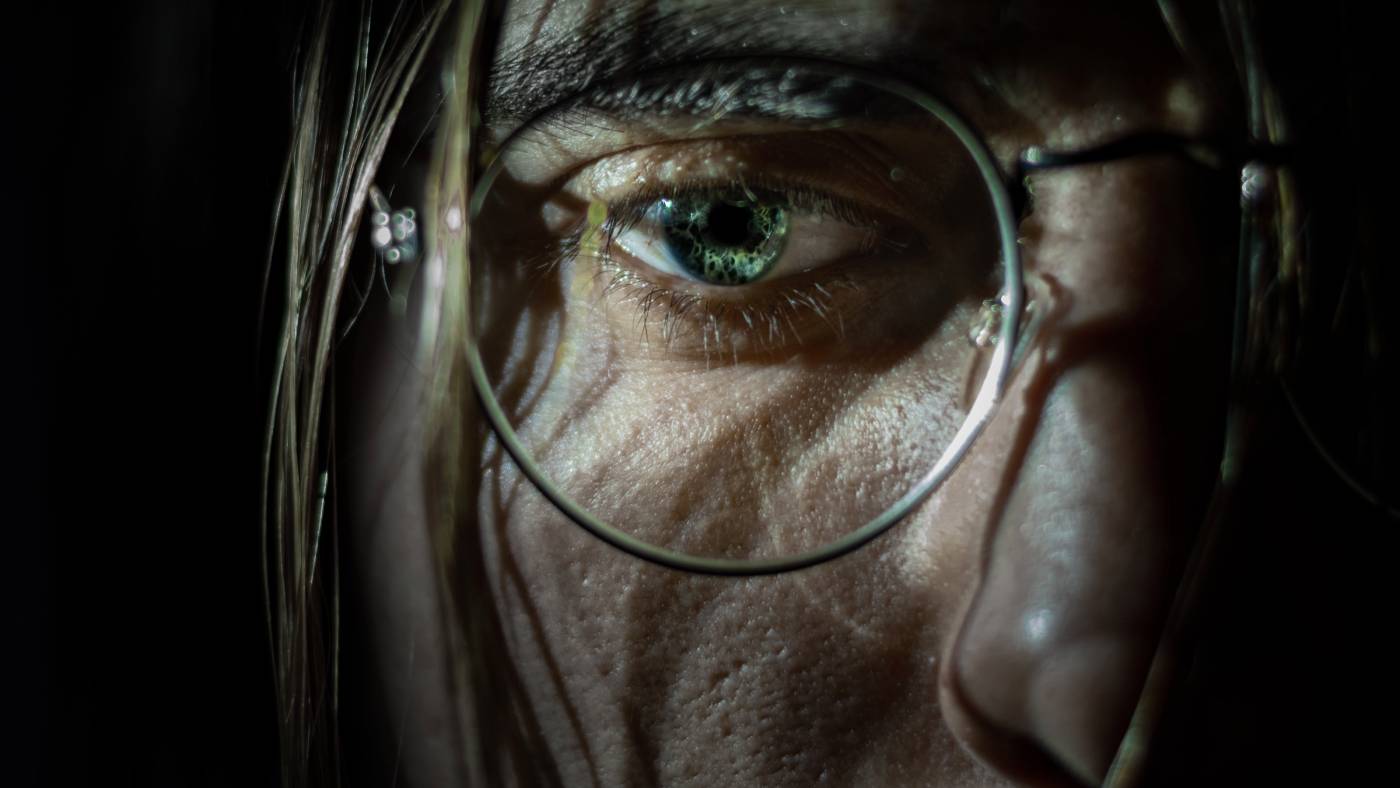
close-up (CU)
tightly frames character (Cinematography)
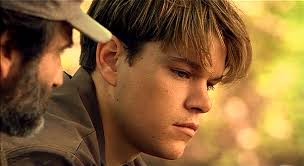
medium close-up (MCU)
frames subject from just above head to just below chest (Cinematography)
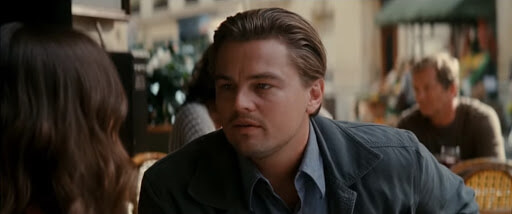
medium shot (MS)
captured at medium distance from subject
shows body language and more of the setting
Cinematography
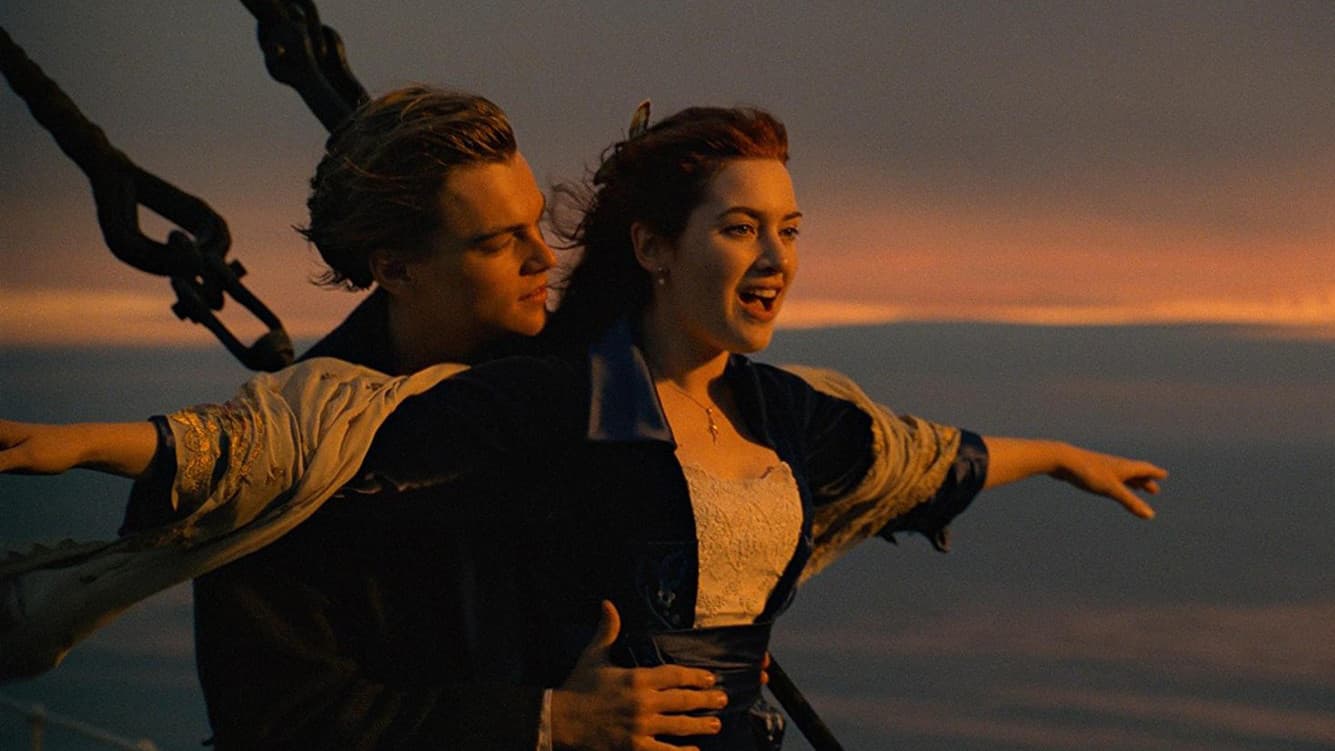
medium long shot (MLS)
frames character from waist up
shows character alone in center of empty frame
Cinematography
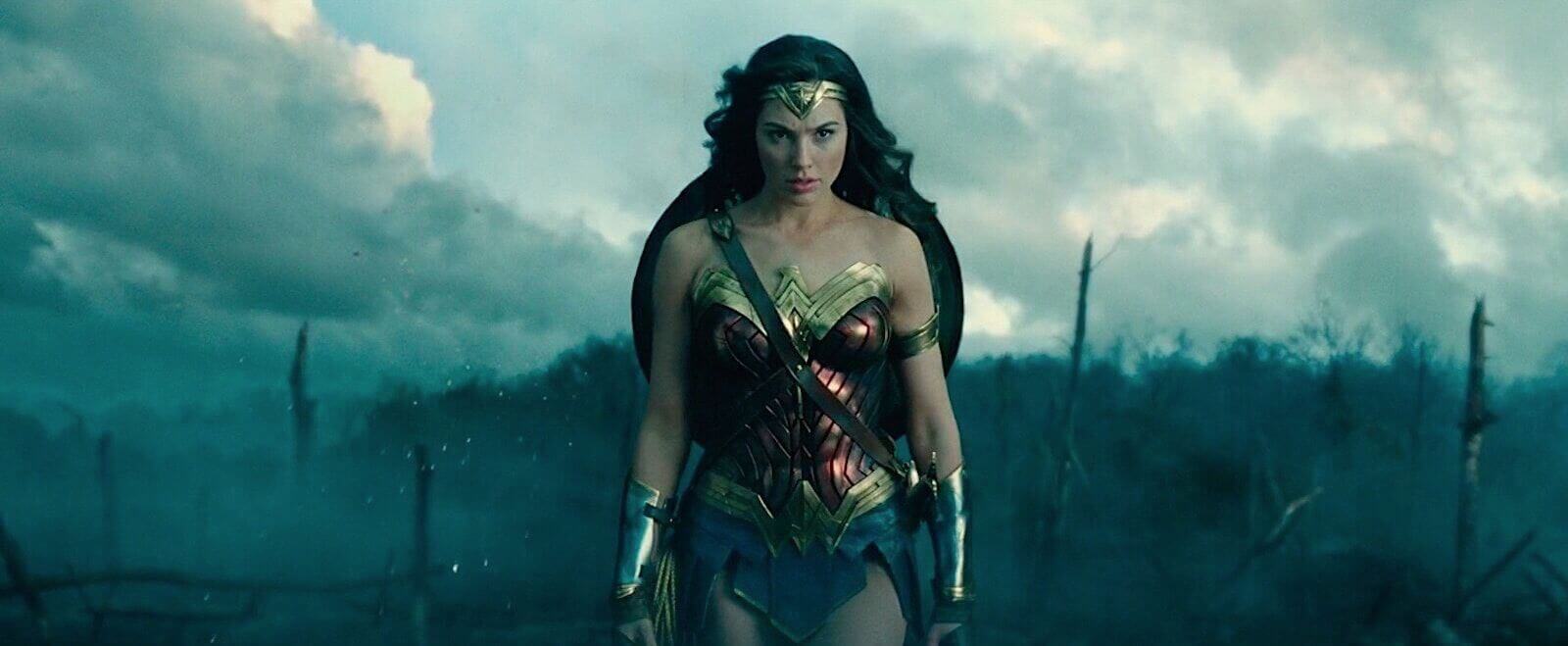
long shot (LS)
shows subject from head to toe in their surroundings (Cinematography)

extreme long shot (ELS)
frames subject from a distance
focuses mainly on surroundings
establishing shot for location/ setting before focusing on character/ scene
Cinematography

one shot
one person in frame (Cinematography)
two shot
two people in frame
captures subjects’ interactions, distance from one another, and body language
Cinematography
wide shot
shows entire subject in relation to their surroundings (Cinematography)

POV shot
filmed through eyes of character (Cinematography)
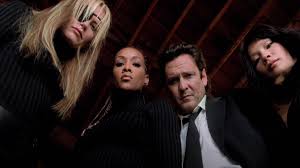
OTS shot
camera placed over back shoulder/ head of character → used in conversation scenes (Cinematography)
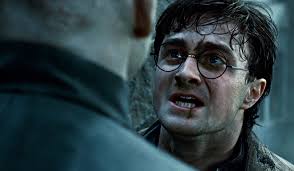
straight-on
camera place directly in front of subject on the same plane/ eye level (Cinematography)
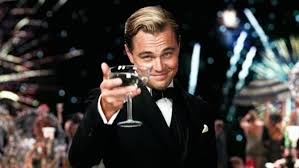
high angle
camera points down at subject (NOT directly over subject) → creates feeling on inferiority (Cinematography)

bird’s eye shot
camera directly above subject (Cinematography)
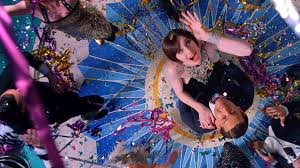
low angle
camera below subject’s eye line → shows superiority/ intimidation (Cinematography)

worm’s eye shot
camera beneath subject (Cinematography)
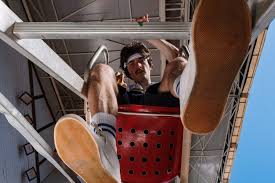
canted/ dutch angle
camera is tilted/ slanted to one side → shows disorientation/ confusion (Cinematography)
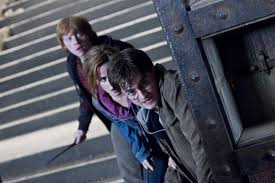
shallow focus
small part of image is clear & everything else is blurry → directs viewer’s attention (Cinematography)
deep focus
everything in frame is in sharp detail (Cinematography)
soft focus
slightly blurred dream-like/ romantic atmosphere (Cinematography)
rack focus
changes focus from one subject to another within same shot → shifts viewer’s attention (Cinematography)
focal length
distance (in mm) between lens and image sensor in camera (Cinematography)
wide angle lens
focal length less than 35 mm
wide field of view
Cinematography
telephoto lens
brings distant subjects closer by using a long focal length (Cinematography)
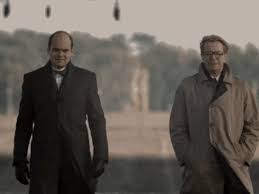
anamorphic lens
captures a wider aspect ration and creates a horizontal lens flare (Cinematography)
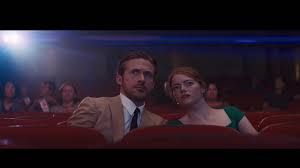
zoom
ability to “zoom in” without moving camera
changing the focal length
Cinematography
bokeh
the quality of the out of focus background
blurred lights
Cinematography
lens flare
when a lot of direct bright light hits the lens which creates spots in an image (Cinematography)
underexposure
very small amount of light
make images/ shots darker
less detailed and more grain
Cinematography
overexposure
a lot of light
brighter images with less detail
Cinematography
split diopter
lens attachment that focuses on objects at different distances in frame (has two focal lengths on either side of the lens) (Cinematography)
pan
camera rotates horizontally from a fixed position (Cinematography)
tilt
camera tilts up and down from a fixed position (Cinematography)
handheld shot
camera held in had → more shaky look (Cinematography)
dolly
the track a camera moves on (Cinematography)
lateral tracking
camera moves sideways while mounted on a dolly (Cinematography)
foward tracking
camera moves towards from subject while mounted on a dolly (Cinematography)
backward tracking
camera moves away from subject while mounted on a dolly (Cinematography)
crane shot
dynamic shot from mounted on a crane (Cinematography)
drone/ helicopter shot
aerial shot → used as an establishing shot (Cinematography)
steadicam shot
handheld auto stabilizing rig worn by operator (Cinematography)
hard cut
standard cut
sudden change from one shot to another
changing shot between a scene
sounds and visuals cut at the same time
Editing
dissolve
gradually fades from one image to another (Editing)
fade
gradually fades from an image to black (or vice versa) (Editing)
iris in/ out
circular “eye-like” transition (Editing)
wipe
replace one shot with another by moving image across the screen (Editing)
shot/ reverse shot
back and forth from one angle to another (Editing)
180-degree rule
move camera back and forth staying in the same 180 degrees (Editing)
30-degree rule
when changing camera angles there should be at least 30 degrees of a difference (Editing)
match-on-action
cutting to a different camera angle at the same time to create the visual of a continuous action (Editing)
match-on-dialogue
cutting between two shots and the dialogue is smooth (Editing)
eyeline match
switching from a character looking at a thing to the thing they’re looking at (Editing)
coverage/ cutaway
cutting away from main action to add more information and then cutting back (Editing)
intercutting
cutting back and forth between two or more camera shots that show different actions
usually in different scenes/ locations
ex. cutting to and from a flash back
Editing
crosscutting
cutting back and forth between shots in different locations that are happening at the same time (Editing)
eisensteinian (Soviet) montage
umbrella term for five types of montages (tonal, metric, intellectual, rhythmic, overtonal) → soup example (Editing)
intellectual montage
a bunch of images back to back to create one idea (Editing)
montage sequence
collection of shots to present a lot of information in short amount of time (Editing)
metric montage
cut between shots after predetermined number of frames (Editing)
overtonal montage
the cumulation of metric, rhythmic, and tonal montage (Editing)
surrealist editing
dreamy/ illogical sequence (Editing)
elliptical editing
omits certain parts of a scene to show time passing (Editing)
jump cut
a continuous shot is broken up by shots less than 30 degrees away (Editing)
temporal discontinuity
linear flow of time is interrupted (flash backs/ flash forwards) (Editing)
spacial discontinuity
disruption of visual continuity/ spacial relationships (Editing)
graphic discontinuity
disrupts the visual flow of film by creating contrasting visual elements (colors, shapes, compositions) between shots (Editing)
asynchronous sound
sound that doesn’t match up with what’s on screen (ex. Police sirens not on screen) (Sound & Music)
synchronous sound
sound that matches up with what’s on screen (ex. People talking in frame) (Sound & Music)
diegetic sound
Sounds that originate from within the film’s world
sound characters can hear it
Sound & Music
non-diegetic sound
Sounds that are added after in editing
Sounds characters can’t hear
Sound & Music
Internal Diegetic Sound
Sounds the audience can hear but the character cannot hear but is within the film world (ex. inner monologue) (Sound & Music)
Realistic Sound
Corresponds with actions on screen (Sound & Music)
Stylized Sound
Exaggerates on screen actions (Sound & Music)
ADR (aka, “Looping” or “Dubbing”)
Automated dialogue replacement
Rerecording an actor’s dialogue in a quiet location after filming
Actor watches a looped scene of themselves to dub new dialogue
Sound & Music
MOS
“mit-out-sound:” take where no sound is recorded (Sound & Music)
Score
a film’s original music (Sound & Music)
soundtrack
Selection of recorded songs that accompany a film that includes songs made for film and songs already made (Sound & Music)
Diegetic Music
music that’s part of the fictional world (Sound & Music)
Non-Diegetic Music
the movie’s score (Sound & Music)
Leitmotif
Short recurring music motif associated with person or place (Sound & Music)
auto dissolve
Transition technique used to smoothly blend two separate audio clips together (Sound & Music)